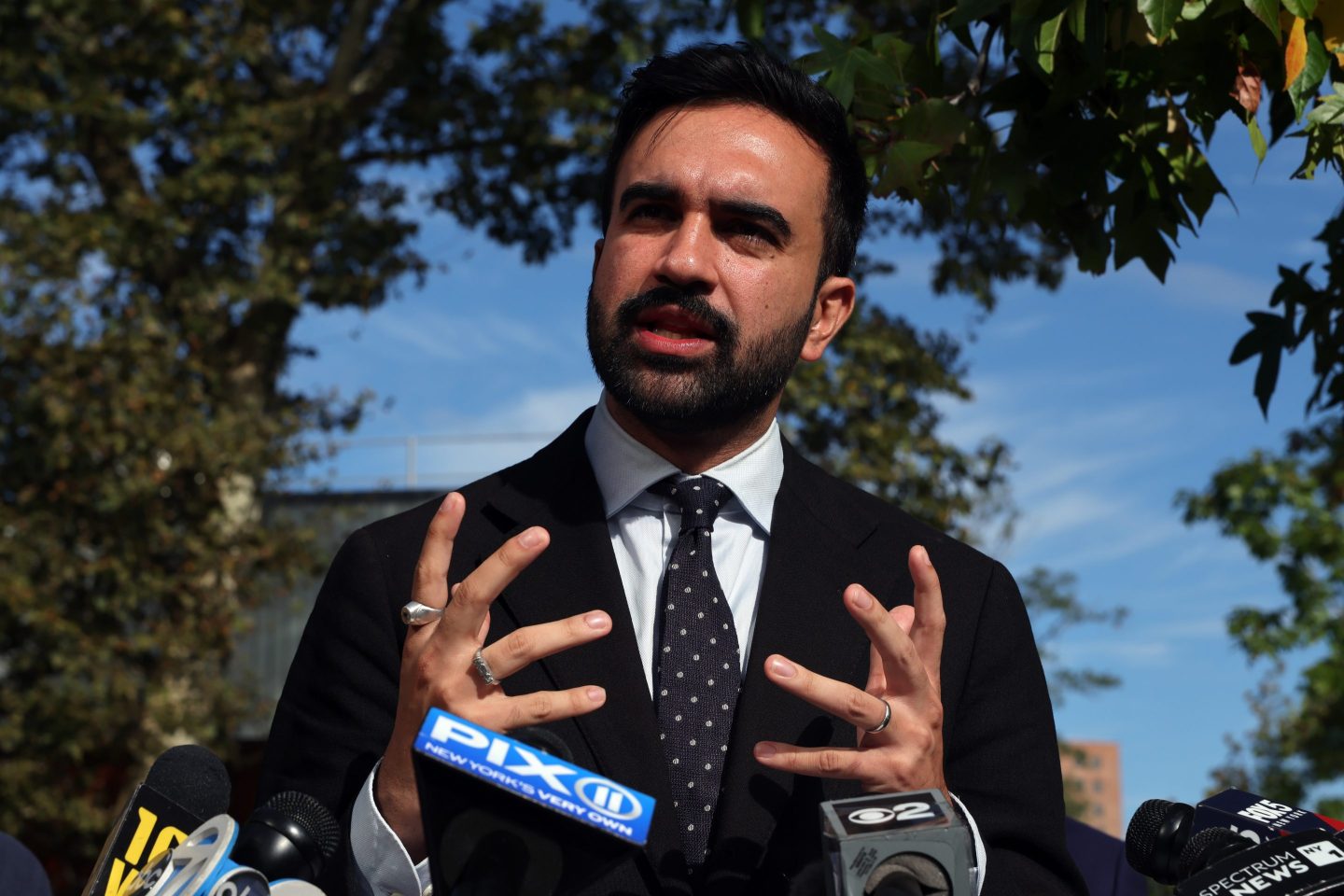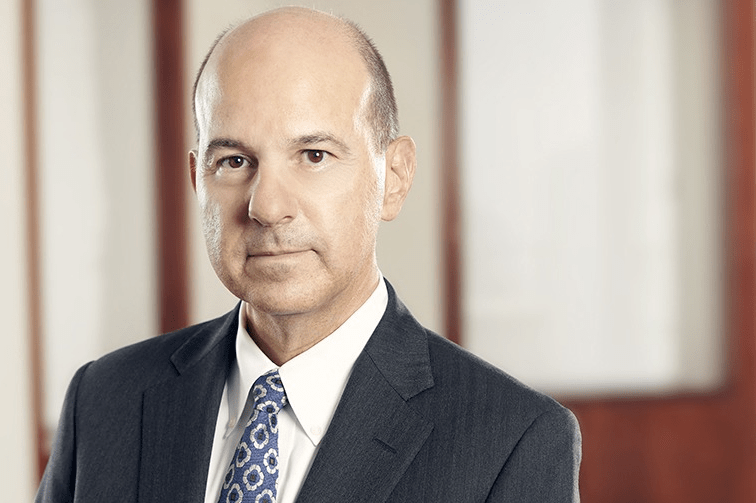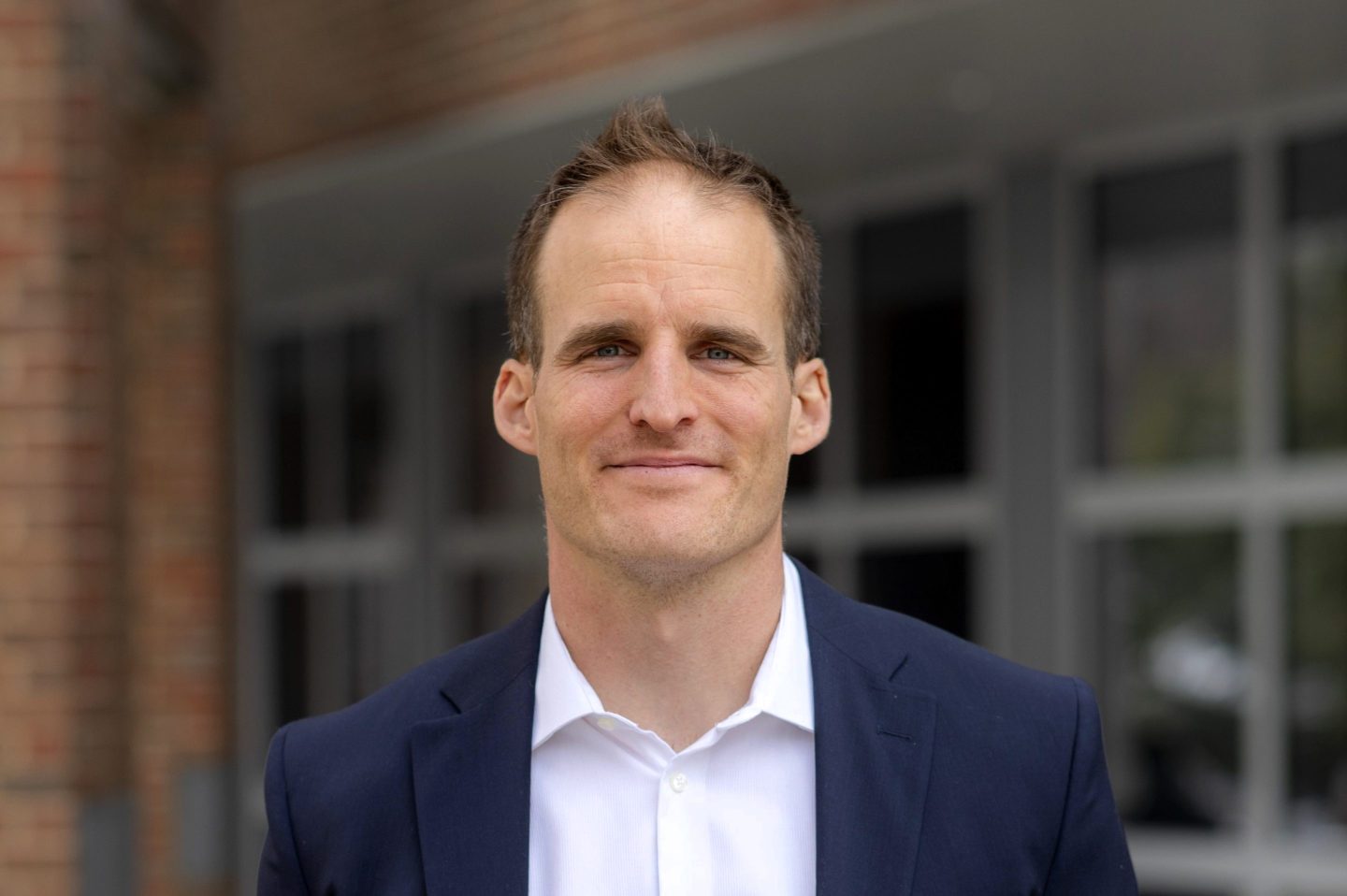The problem isn’t theoretical, it’s real and urgent for the approximately 445,000 New York City families with children under five years old. Many of those families – 80% in fact, can’t afford child care in the city.
And it’s easy to see why. A 2024 study found that a family of four needs an annual income of $318,406 to live comfortably in New York City, but according to the U.S. Census Bureau the median household income in the city was just $79,713 in 2023. When you are coming up short by over $200,000 the idea of staying in the city becomes quickly untenable, especially when the cost of childcare accounts for so much of a family’s monthly budget.
For childcare to be considered affordable according to national guidelines it needs to account for no more than 7% of a family’s budget. But with the average cost of daycare for infants and toddlers in the city clocking in between $18,000 and $26,000 a year, child care for one kid alone would eat up over 20% of the average family’s income.
This impossible math is part of the reason why the majority of the people leaving the city are middle and lower income families. All of these families leaving translates to 186,000 fewer children in the city compared to just five years ago. A city without children, without families, is a city without a future.
Without affordable, or ideally free, childcare, parents are left to make sacrifices that put the economy in peril: missing shifts, leaving children alone or in unsafe situations, cutting back hours, or dropping out of the workforce altogether.
We’ve already started to see that happen, and the pinch is coming first for women’s careers: Data from the Bureau of Labor Statistics shows that 212,000 women have left the workforce since January. This after women’s employment reached a record high of 75% in 2023. In a society that still sees women bearing the lion’s share of childcare and still earning 83 cents on every man’s dollar, when something has to give, it’s usually mom’s job. When we lose women in the workforce, the entire economy loses out. Women’s paid labor contributes an estimated $7.6 trillion to the U.S. Gross Domestic Product (GDP) annually, according to the Center for American Progress.
So if all signs point to the need for universal childcare, what will it take to make it a reality?
Mayoral candidate Zohran Mamdani promises to make childcare free for kids 6 weeks to 5 years old by subsidizing family care, paying teachers a living wage, easing regulatory burden to open more child care centers.
Start up costs and regulations can be a huge barrier for childcare providers, says Gladys Jones, founder of ECE on the Move, a New York City family childcare advocacy group. Startup costs typically range from $10,000–$50,000, depending on necessary renovations, furnishings, licensing fees, insurance, and supplies. She says that family childcare providers have to navigate requirements from multiple agencies often with inconsistent guidance.
Jones says she has heard from childcare providers who, even after navigating this complicated maze, still have their inspections delayed or have to make more costly changes to meet conflicting and confusing licensing and zoning mandates, which leaves them to deplete their savings, and delay openings leaving families without care options.
In other words, New York’s bureaucracy is making it more difficult to offer childcare in the city.
Child and family policy expert Elliot Haspel says the remedy is to “separate out three types of regulations: those that we know help ensure basic health and safety, those that we know help ensure a floor of quality, and those that have meager evidence that they do either of those things.”
Once providers open centers, they are often making well below a living wage. According to Jones, family childcare providers in the city earn between $14–$28/hour. “To support a liveable income in NYC, providers need compensation of $25–$30/hour,” she says. This would require consistent public investment, she adds.
When families can’t find childcare, they often lean on neighbors or family members to fill the gap. Haspel says there are two main ways to fund this type of support: make it much easier for family, friend or neighbor caregivers to register to be part of a child care subsidy system and make sure they are reimbursed at a good rate, or directly send money to families in order to compensate those types of caregivers.
He says some states like Oklahoma and Colorado offer good models for registering and compensating these informal caregiving set ups. And there’s other precedents, too. “We do this better in other care situations,” Haspel says. “There are some good lessons to learn here from programs that pay relatives to care for people with long-term complex disabilities.”
There’s precedent in other places in the U.S., too. New Mexico just announced it is making child care free for all residents regardless of income starting in November. “By investing in universal child care, we are giving families financial relief, supporting our economy, and ensuring that every child has the opportunity to grow and thrive,” Governor Michelle Lujan Grisham said in her announcement.
Universal child care shouldn’t be a polarizing political issue. It’s just common sense. Most New Yorkers would agrvee it’s important that women stay in the workforce, and that families stay in the city. Businesses certainly want to see profits and the economy grow. The good news is there are plenty of viable solutions and a clear road map to get there.
The opinions expressed in Fortune.com commentary pieces are solely the views of their authors and do not necessarily reflect the opinions and beliefs of Fortune.












